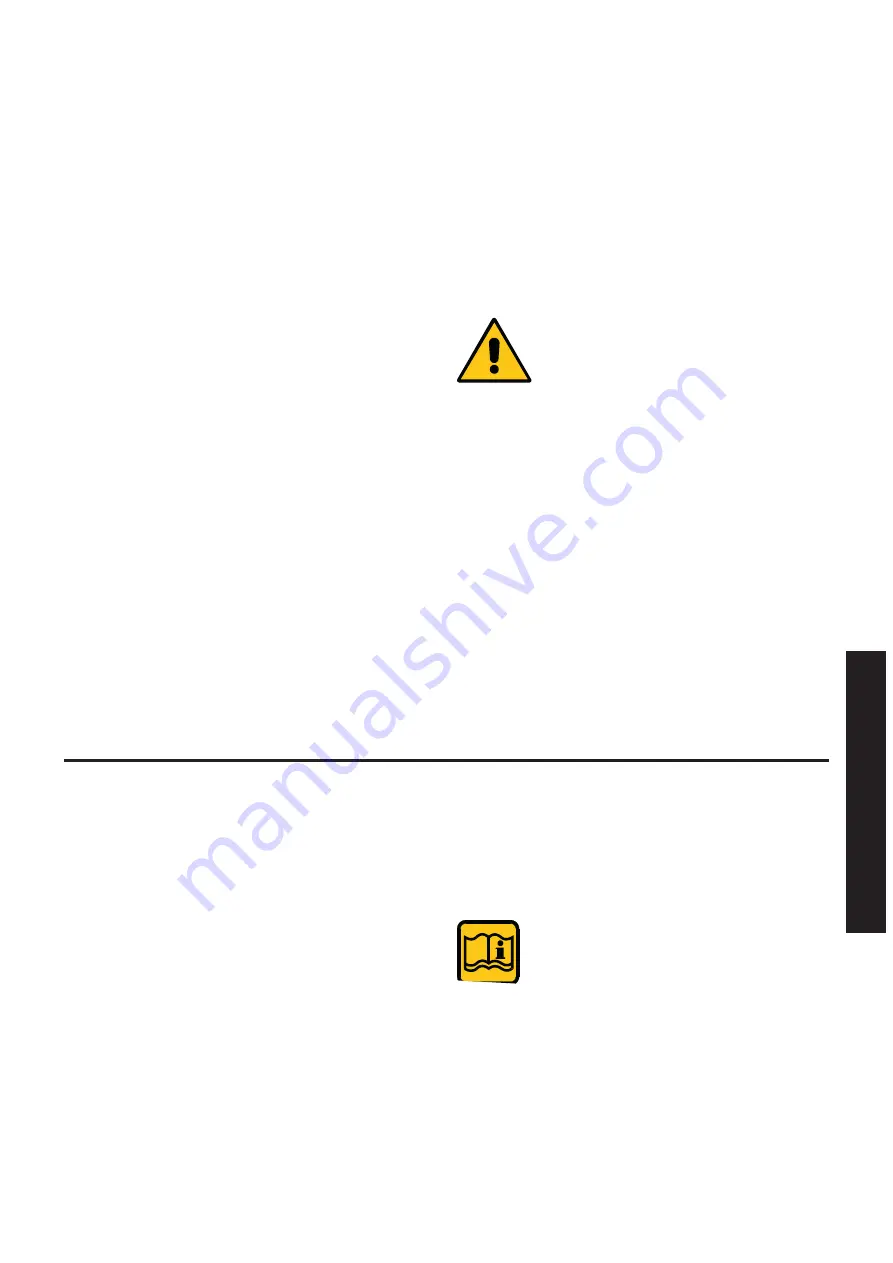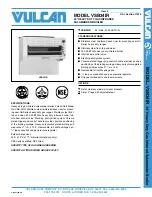
21
Installation instructions
System filling and cold start-up
Once completed and verified the hydraulic system in all its
parts, electrically connected to the electric panel all tools, mo-
tor, probes, etc. and verified that the boiler room components
have been properly set-up, proceed with filling the system.
The system must be filled in a way that completely eliminates
the air inside it.
The filling pump must connect the storage tank with the gen-
erator drain, which is normally the lowest point of the system.
Once the oil is drained in the storage tank, activate the loading
pump by means of which oil enters the system.
During loading the vent valves inserted in the various parts of
the circuit, as well as all system shut-off valves, must be open.
This system is certainly the most rational since, when intro-
ducing oil in the lowest point, it facilitates the expulsion of the
circuit air.
Filling can also be performed from the expansion vessel.
This, however, is not recommended because it can favour the
formation of air pockets.
However, if wanting to use this system, it is necessary to be
cautious and introduce the oil very slowly to allow the air to flow
up through the liquid mass.
Whereas, top-ups are made through the vessel during the ad-
vanced drying of the oil.
The diathermic fluid is fed until it starts coming out from the
various vents which will be immediately closed, so that the ex-
pansion vessel is filled for about 1/4 of its capacity.
Then the circulation pump is activated for a couple of minutes
and switched off for another couple of minutes.
After filling the system, start the circulation pump for at least
two hours without turning on the burner.
During this time, open the vents every so often and, if reserve
pump present, alternate the operation of the circulation pumps,
restoring the expansion vessel level.
This eliminates the remaining air pockets and removes the
coarse dirt inside the circuit, which stop in the filter.
Do this until the air is completely bled.
After switching off, disassemble the filters and clean the bas-
kets.
During filling, continuously and thoroughly
monitor the system to check for leaks in or-
der to avoid unnecessary waste and imme-
diately take steps without, as far as possi-
ble, having to empty the system.
When circulation has stabilised, the complete system filling is
assured.
Hot start
After replacing the filter basket, hot start the system.
Start the circulation pump and then the burner with low flame.
Heating must be gradual, not more than 50 K/h.
When the oil reaches 100°C, maintain the temperature con-
stant between 110 and 120°C until circulation is stabilised: at
this temperature the water in the circuit evaporates. Occasion-
ally open the vents to evacuate the air and vapour bubbles.
Once the circulation has stabilised, gradually increase the tem-
perature (50 K/h) up to operating temperature.
Maintain the operating temperature for a few hours and thor-
oughly check the system (flange sealing, expansions, sup-
ports): make a note of all field values (pressures, temperatures,
instrument calibrations).
In particular, check the pressure difference between generator
oil inlet and outlet, comparing it with the technical specifica-
tions, to verify that the detected value and the differential pres-
sure switch calibration are correct.
The burner technician must calibrate the burner at the maxi-
mum output allowed by the generator (detectable from the rat-
ing plate), optimising the combustion parameters.
ALL PARAMETERS DETECTED UPON COMMISSIONING
ARE ESSENTIAL FOR ASSESSING THE FUTURE OPERA-
TION OF THE SYSTEM.
Check the tightness of the gaskets of the door,
burner plate, cleaning doors, generator/chimney
fitting and hot-tighten to eliminate any smoke
leakages.
After these operations, turn off the burner while running the
circulation pump until the oil drops below 150°C.
Wait for the oil to cool (< 50°C) and check the cleanliness of
the filter.








































